Foreign tourists at Ho Thi Ky night market, Ho Chi Minh City - Photo: Q. DINH
To realize that potential, Ho Chi Minh City must also remove a series of bottlenecks in infrastructure, planning, regional connectivity and cultural identity preservation...
Tourism is still locally overloaded
People swimming at Back Beach in Vung Tau Ward (HCMC) on the afternoon of July 31 - Photo: QUANG DINH
Ms. Huynh Phan Phuong Hoang, Deputy General Director of Vietravel , said that after the merger, Ho Chi Minh City will be a tourism-linked region rich in resources with a mix of modern urban areas, industry, sea, forest and traditional culture. Thanks to that, businesses will take advantage of great opportunities because they are no longer limited by administrative boundaries, to design multi-destination combo tours in 2 to 4 days, suitable for MICE groups, business guests or short-term international guests.
However, this great opportunity still has bottlenecks, such as the lack of regional connectivity in tourism space, lack of entertainment complexes, slow-developing transportation systems, etc.
"Currently, some central wards of Ho Chi Minh City are still where most of the city's tourism activities are concentrated, including Nguyen Hue walking street, Bui Vien, Ben Thanh market, Notre Dame Cathedral... However, this place is starting to be overloaded, there is no more room for expansion.
Meanwhile, potential areas such as the old Thu Duc City, Can Gio, and Cho Lon have not been connected into a seamless tourism network. It is difficult for tourists to fully experience Ho Chi Minh City through diverse, inter-regional itineraries.
Ho Chi Minh City still lacks iconic entertainment, resort, commercial, and cultural complexes that can compete with regional destinations such as Singapore or Bangkok. Metro systems, waterways, and tourist transit stations are still lacking and slow to be implemented, causing difficulties in organizing inner-city tours or connecting between destinations," Ms. Hoang pointed out specifically.
In addition, Ms. Hoang said that the bottleneck is also in rapid urbanization, causing many traditional markets, craft villages, and old quarters to gradually lose their identity. Meanwhile, Ho Chi Minh City is a multicultural city, if not well preserved, it will be difficult to build culturally profound tourism products.
Meanwhile, a representative of a luxury hotel in Vung Tau ward (HCMC) acknowledged that the major bottleneck of tourism is that tourism development investment does not comply with planning, meaning that planning has not paved the way for supply and demand to meet.
"Tourism products of Binh Duong and Ba Ria - Vung Tau provinces have not really followed market demand and trends, mainly based on available tourism resource potential.
In fact, many tourist areas and spots have been included in the planning, but industrial projects and construction material production projects have been implemented, but these projects have not gone anywhere... The result is that the tourism space is destroyed, and industry does not develop.
So the challenge for Ho Chi Minh City tourism after the merger is how to be interdisciplinary, consistent with the planning of other sectors such as transportation, construction, logistics...", said the representative of this hotel.
To develop infrastructure to attract tourism and trade
Many tourism businesses said that although tourism is a comprehensive economic sector, it is still considered an auxiliary sector instead of a component of the industrial and commercial ecosystem. Therefore, the biggest wish is to change the approach, integrating tourism into the planning of industrial parks, smart cities, logistics, and innovation.
Ho Chi Minh City can promote the development of new tourism models, which are being proposed by many companies, in which they are associated with the development of trade and tourism products near urban areas for businessmen and enterprises. For example, the model of health care tourism, sea, mountain and forest resort routes connected by highways, eco-tourism experiences in Can Gio or Con Dao, combined with high-class resorts in Long Hai.
"HCMC needs to develop infrastructure and synchronize connections to develop tourism models to become the leading large-scale "tourism transit station" in Vietnam," the director of a tourism business in HCMC further analyzed.
Meanwhile, Dr. Duong Duc Minh, deputy director of the Institute for Economic and Tourism Development Research, acknowledged that Ho Chi Minh City tourism lacks a dynamic spatial mindset, lacking entertainment complexes that are hyperlinked between resort spaces and inspirational points that stimulate commercial demand in the direction of increasing sustainable spending.
"The city does not lack tourism resources, but it lacks the conceptual framework and investment motivation to integrate those resources into functional clusters with international competitiveness. The current tourism space is no longer "stationary coordinates", but must be renewed in the form of integration between residents, tourists, commerce, culture, technology, industry and trade.
"The lack of regional connectivity is not only a lack of physical infrastructure, but also a lack of institutional and data connectivity, which limits the capacity to organize inner-city tourism experiences or expand and participate in restructuring the overall tourism product of Ho Chi Minh City," Mr. Minh analyzed.
This tourism expert explains that when the three axes of industry, commerce and tourism are organized as a synergistic ecosystem, it creates functional clusters with high vitality, can resonate values and adapt to the requirements of the creative city model.
“This not only strengthens the development roots but also strengthens the vitality of the megacity as a leading regional creative tourism destination, where existing cultural values, technological capabilities, trade flows and immersive tourism experiences converge,” Mr. Minh added.
To remove the current bottlenecks of Ho Chi Minh City tourism, Mr. Minh pointed out that it is necessary to start with a strategy to investigate and evaluate resources, classify, label and urgently require restructuring human resources.
Because according to experts, people working in tourism cannot just be waiters but must become experience creators, opening up a flexible generation of workers between commercial, industrial and tourism spaces...
Towards sustainable tourism
According to Mr. Duong Duc Minh, tourism products for the new Ho Chi Minh City must be structured according to a two-layer mechanism: both meeting the specific needs of tourists and creating emotional attraction to lead spending behavior in a sustainable direction. From there, it is possible to form functional clusters capable of operating smoothly in an interdisciplinary development network, contributing to the economic resilience of the creative super city.
Back to topic
NEGOTIATION
Source: https://tuoitre.vn/mo-khoa-cho-khong-gian-du-lich-tp-hcm-moi-20250803081033318.htm


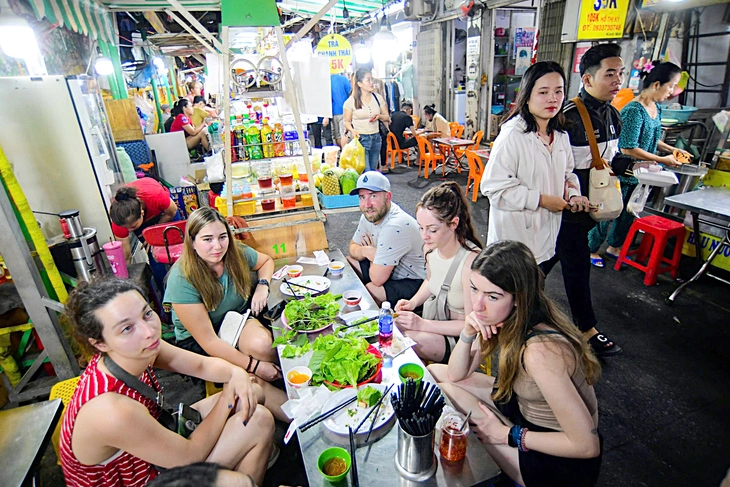
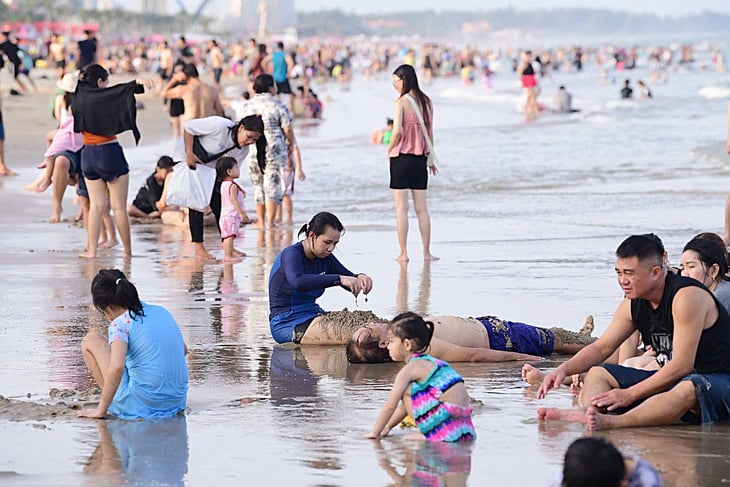

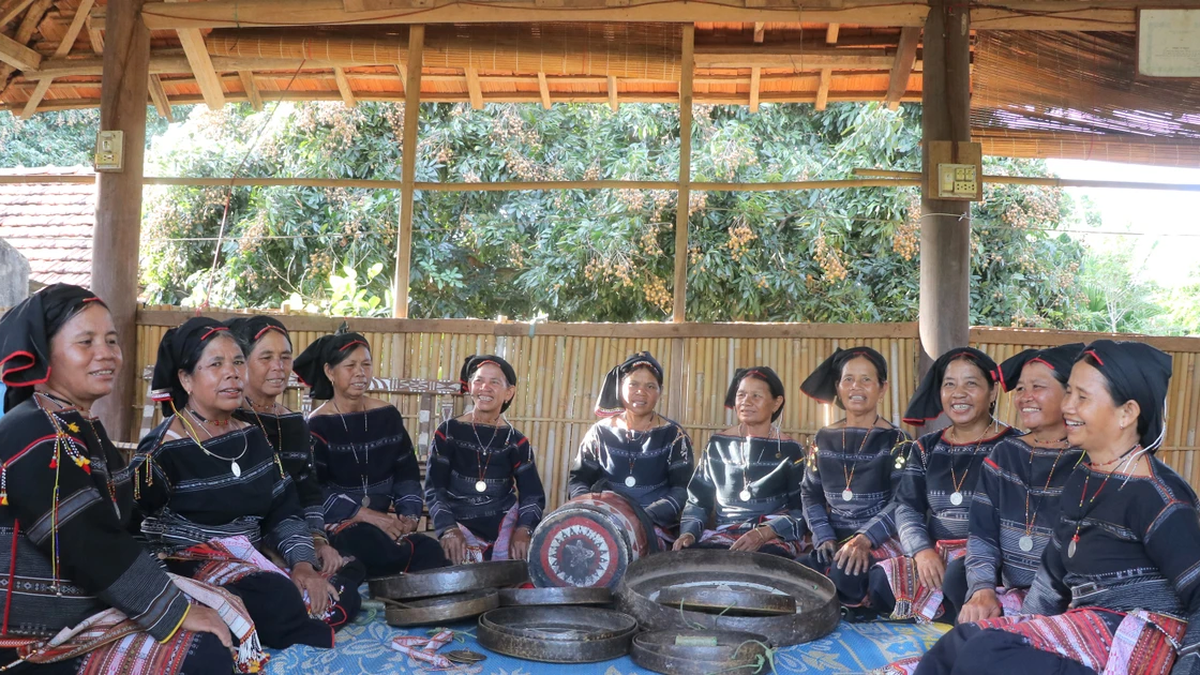

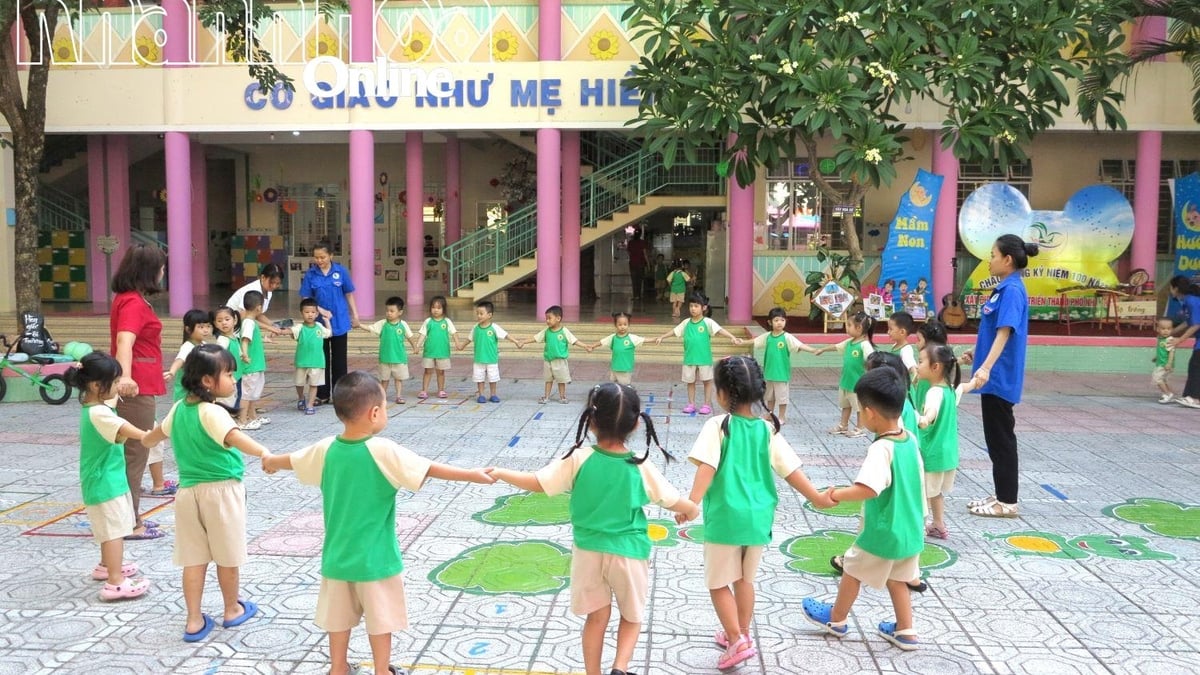
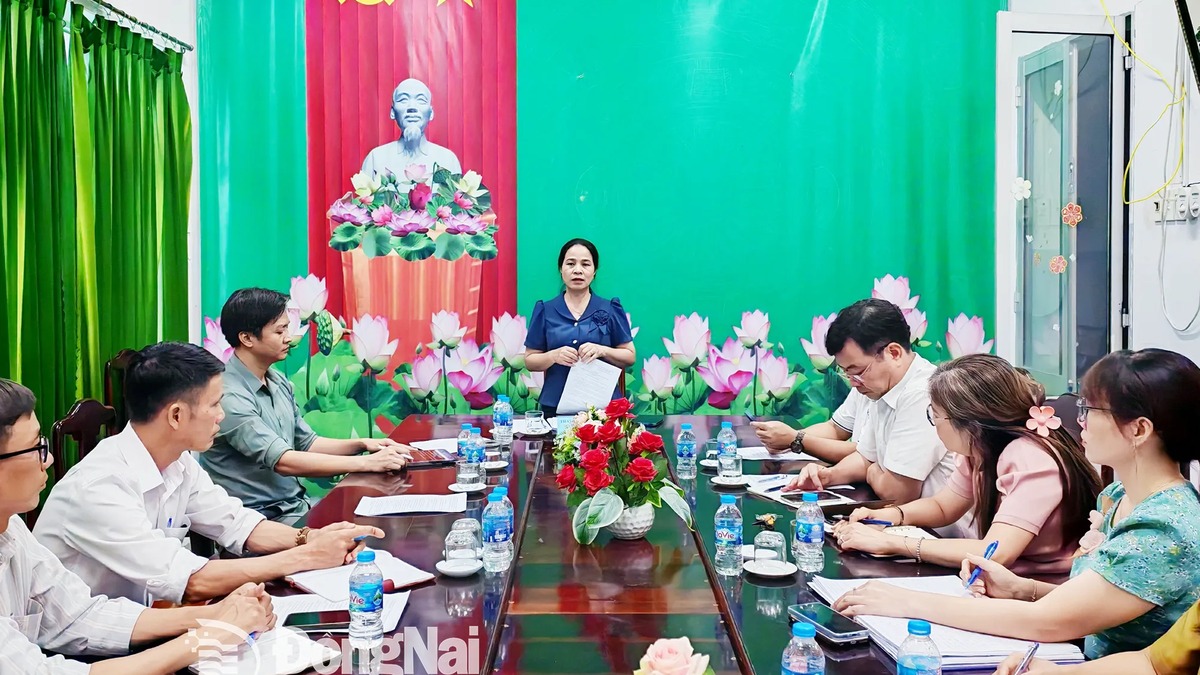

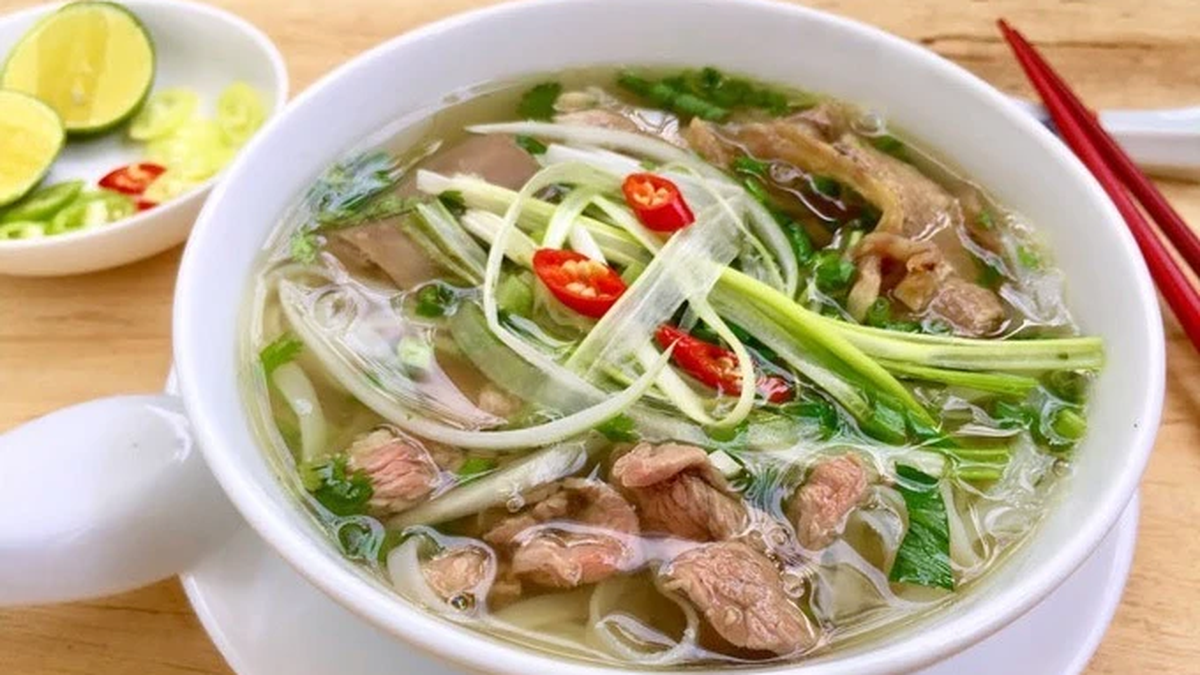
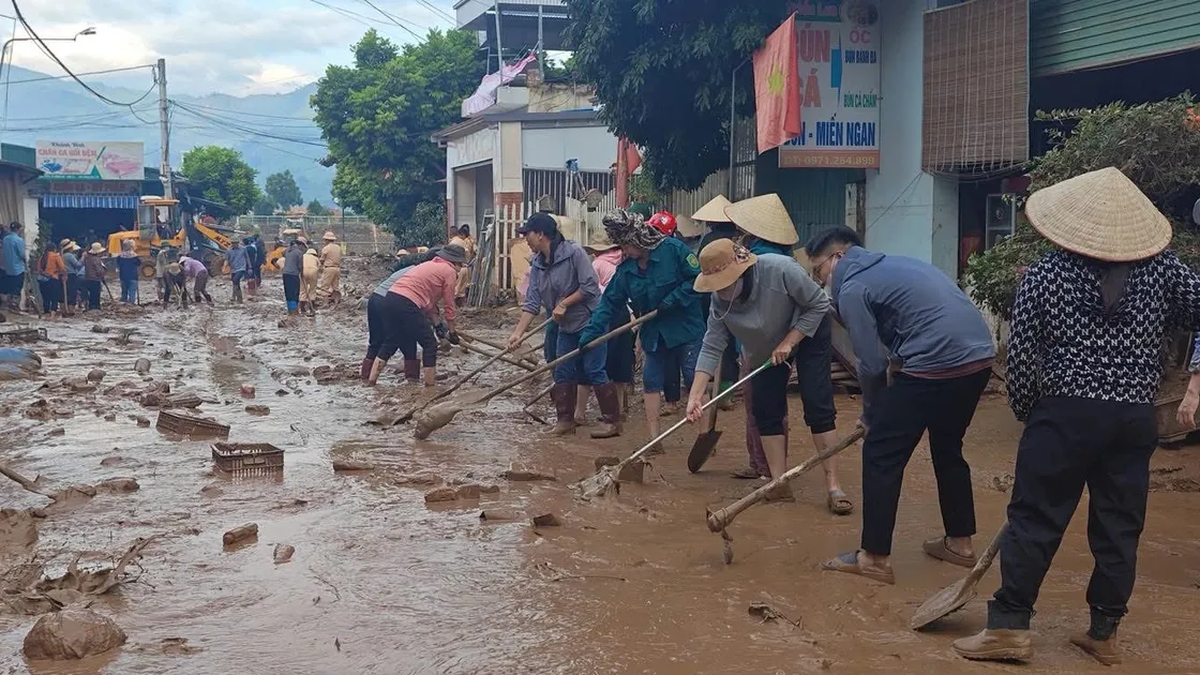
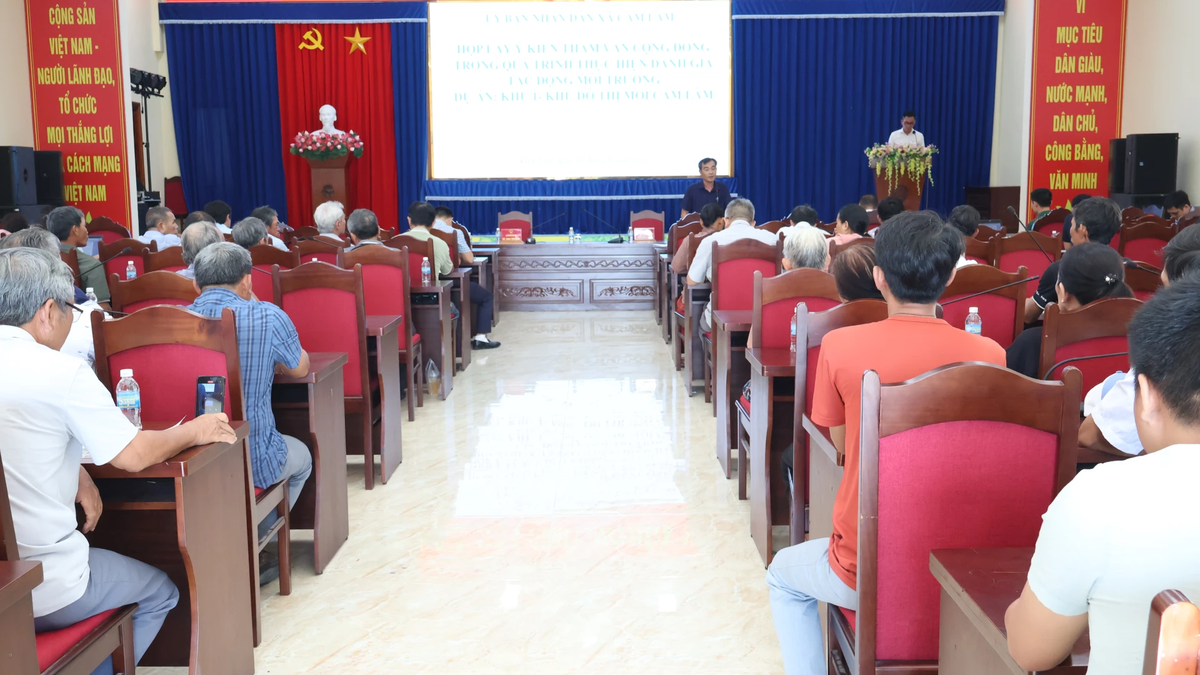
























































































Comment (0)